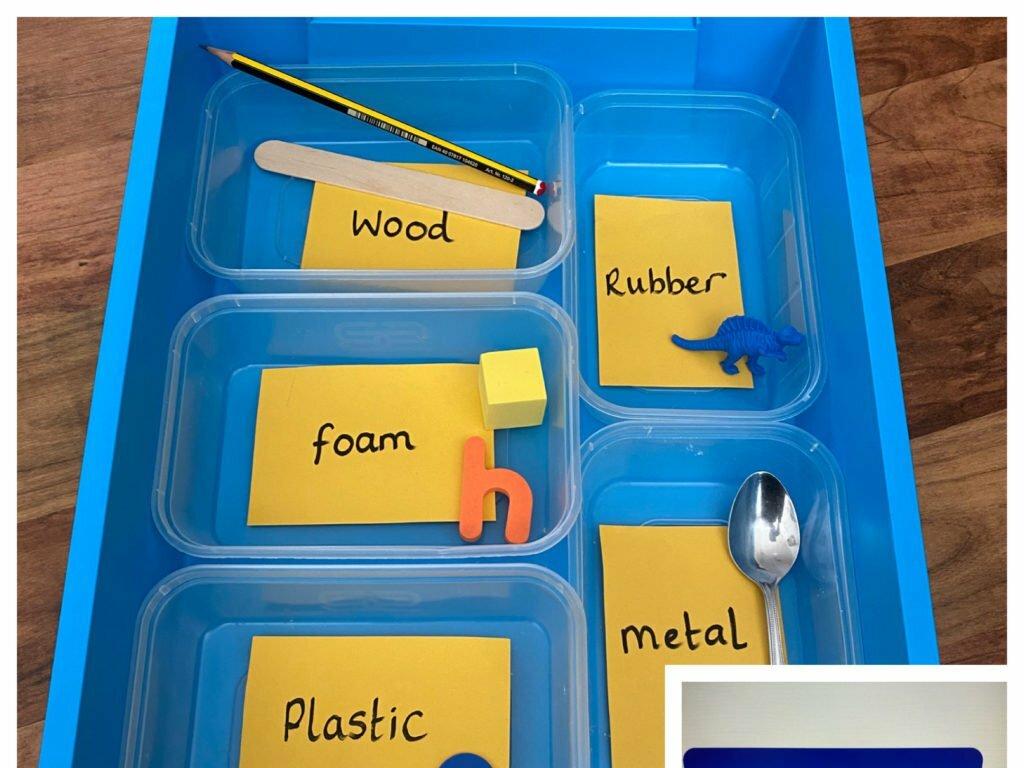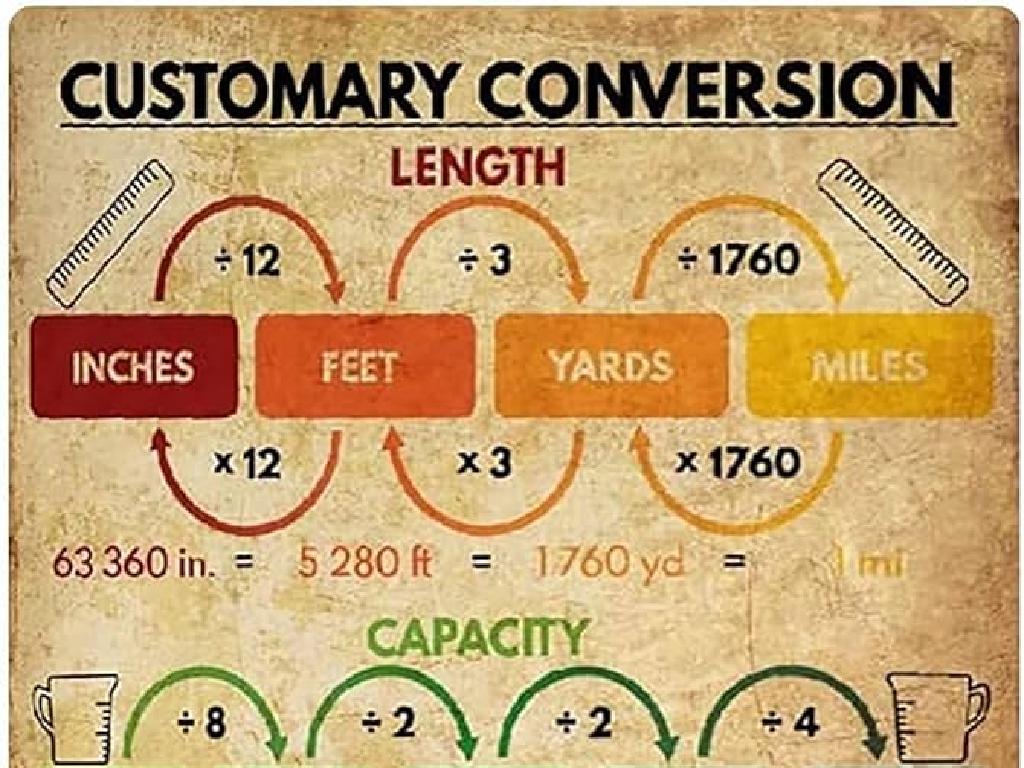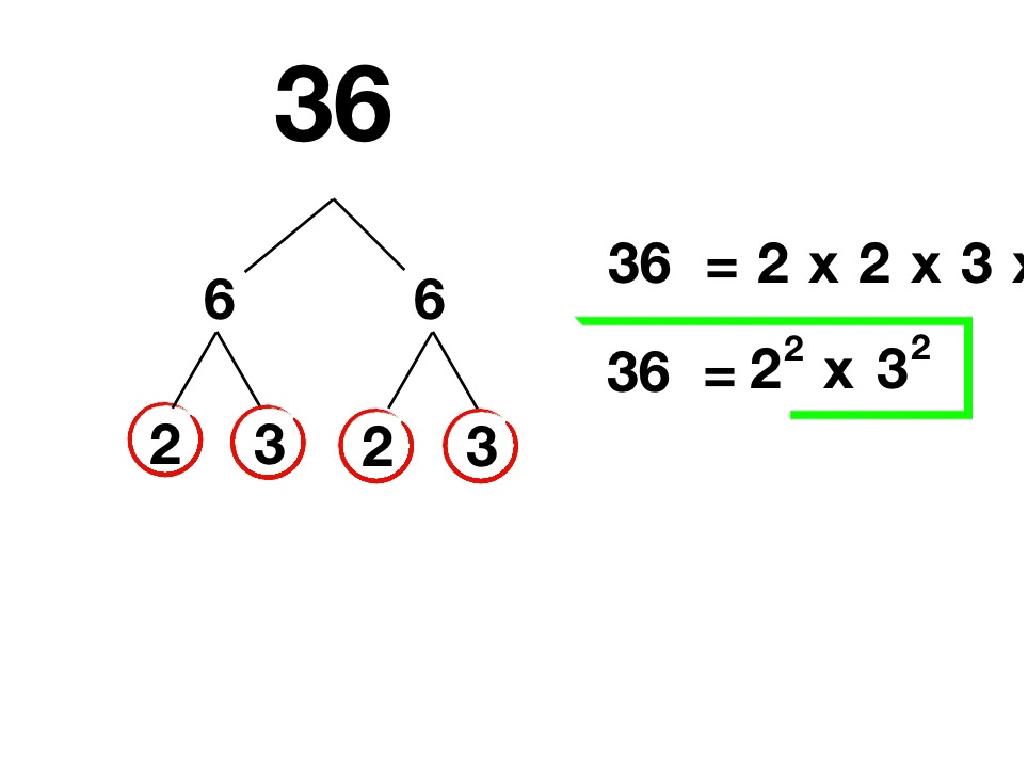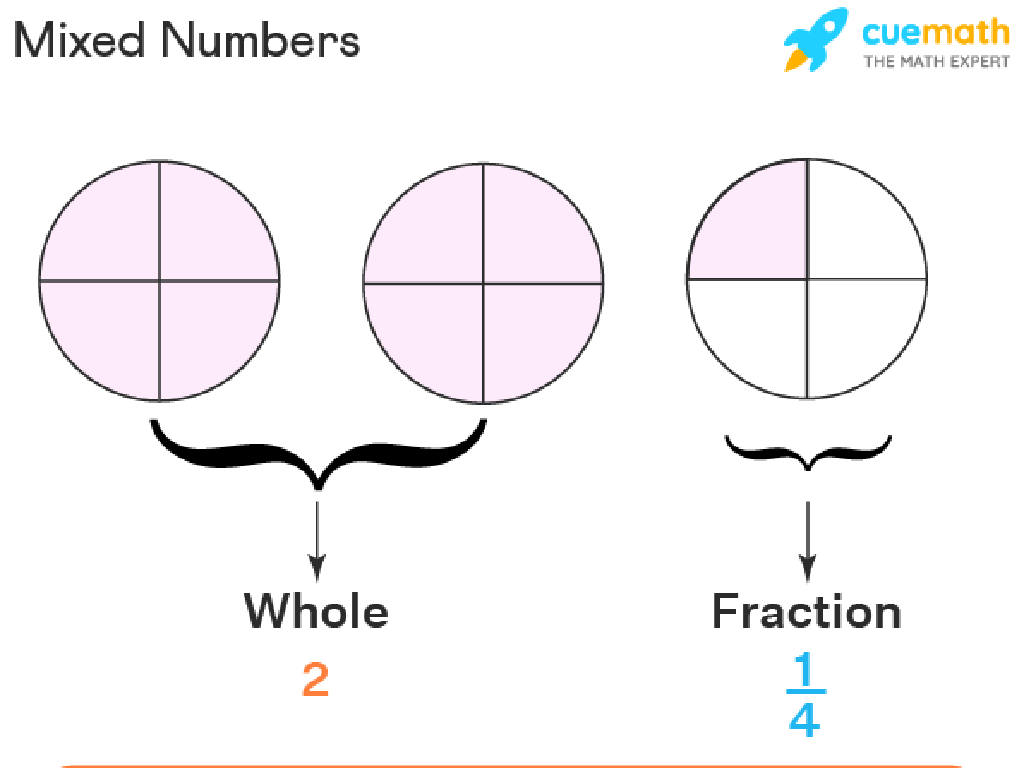Identify Supporting Details In Literary Texts
Subject: Language arts
Grade: Seventh grade
Topic: Persuasive And Opinion Writing
Please LOG IN to download the presentation. Access is available to registered users only.
View More Content
Identifying Supporting Details in Persuasive Writing
– What is Persuasive Writing?
– Persuasive writing aims to convince readers of a viewpoint.
– Focus: Supporting Details in Texts
– Look for facts, statistics, quotes that back up the main argument.
– The Role of Supporting Details
– They strengthen the argument, making it more believable.
– Analyzing Examples Together
– We’ll examine texts to identify key supporting details.
|
This slide introduces students to the concept of persuasive writing and its key component: supporting details. Begin by explaining that persuasive writing is used to convince readers to accept a particular point of view or take action. Emphasize the importance of supporting details, which are the facts, statistics, quotes, and examples that bolster the writer’s argument. Discuss how these details add credibility and help persuade the reader. Plan to analyze sample texts as a class to practice identifying these elements, reinforcing the lesson with hands-on learning. Encourage students to think critically about the quality and relevance of supporting details in persuasive texts.
Exploring Persuasive Writing
– Define Persuasive Writing
– Persuasive writing aims to convince readers to accept a certain viewpoint.
– Understand the goal of persuasion
– The main purpose is to persuade or convince the reader to believe or do something.
– Identify examples in daily life
– Advertisements, speeches, opinion articles are common forms.
– Analyze the effectiveness of persuasion
– Discuss how these examples influence people’s thoughts and actions.
|
This slide introduces students to the concept of persuasive writing, a key component of opinion writing. Start by defining persuasive writing as a style that aims to convince the reader to accept a particular point of view or take a specific action. Emphasize that the goal of persuasive writing is not just to inform but to influence the reader’s beliefs or actions. Provide relatable examples such as advertisements, political speeches, or opinion pieces in newspapers to illustrate how persuasive writing is a part of everyday life. Encourage students to think critically about how these examples are crafted to be effective and to consider the techniques used to persuade. In the next class, students can discuss the impact of persuasive writing on their own thoughts and decisions.
The Power of Supporting Details
– Definition of supporting details
– They are information that clarify, explain, and enhance main points.
– Types: Facts, Stats, Examples, Anecdotes
– Facts: true statements. Stats: numerical data. Examples: specific cases. Anecdotes: short stories.
– Role in strengthening arguments
– They provide evidence that makes arguments more convincing.
– Practice identifying supporting details
– Find details in a text that back up the main idea.
|
This slide introduces the concept of supporting details, which are crucial for developing persuasive and opinion writing. Begin by defining supporting details and their purpose in literature. Discuss the different types, including factual information, statistical evidence, specific examples, and personal anecdotes, and how they contribute to the credibility of an argument. Emphasize the importance of using these details to back up claims in persuasive writing. Engage students with an activity where they identify supporting details in a provided text, focusing on how these details connect to the main idea and strengthen the writer’s position.
Identifying Supporting Details in Texts
– Strategies to find supporting details
– Look for facts, statistics, examples, and quotes that back up the main idea.
– Practice with a sample text
– Use highlighters to mark different types of supporting details in a given paragraph.
– Discuss convincing details
– Share and debate which details strengthen the author’s argument in small groups.
– Understand detail significance
|
This slide aims to equip students with the skills to identify supporting details that authors use to back up their main ideas in persuasive and opinion writing. Start by discussing various strategies such as looking for factual evidence, statistical data, direct quotes, and illustrative examples. Then, move on to a hands-on practice where students highlight these details in a sample text, which helps in visualizing and differentiating the types of support used. Follow up with a group discussion to foster critical thinking as students debate the effectiveness of different details. Emphasize the importance of supporting details in making a piece of writing more convincing and credible. This activity will enhance their analytical skills and their ability to discern strong arguments in literary texts.
Analyzing Persuasive Texts
– Understanding persuasive text structure
– Recognize the introduction, body, and conclusion parts
– Finding main claims and supports
– Main claims are the writer’s key points. Look for evidence backing them up
– Critical evaluation of supporting details
– Judge if the details strengthen the argument effectively
– Assessing the argument’s strength
– Consider if the evidence is credible and convincing enough
|
This slide aims to equip students with the skills to dissect and understand the components of persuasive texts. Start by explaining the typical structure of persuasive writing, which includes an introduction stating the argument, a body with supporting details, and a conclusion. Teach students to identify the main claims and the evidence provided to support these claims. Encourage them to think critically about the quality and effectiveness of the supporting details: Are they relevant and persuasive? Do they rely on facts, opinions, or both? Finally, guide students to assess the overall strength of the argument by considering the credibility of the evidence and the logic of the reasoning presented. This critical analysis is crucial for developing discerning readers and writers.
Crafting Persuasive Arguments with Supporting Details
– Use supporting details effectively
– Facts, statistics, quotes from experts to strengthen your argument
– Activity: Write a persuasive paragraph
– Choose a topic and write a paragraph convincing others
– Peer Review: Exchange paragraphs
– Swap your writing with a classmate to review
– Discuss feedback with your partner
– Share constructive criticism to improve each other’s work
|
This slide introduces the concept of using supporting details to craft strong persuasive arguments. Students will engage in an activity where they write a persuasive paragraph on a topic of their choice. Emphasize the importance of using concrete evidence like facts, statistics, and authoritative quotes to back up their opinions. After writing, students will participate in a peer review by exchanging their paragraphs with a partner. Encourage them to provide constructive feedback on the use of supporting details. The activity aims to develop their analytical skills and ability to critique constructively, as well as to reinforce the importance of supporting details in persuasive writing.
Class Debate: Persuasion in Action
– Form teams for debate
– Argue for/against a topic
– Use supporting details
– Find facts, quotes, stats to support your argument
– Class votes on winners
|
This class activity is designed to enhance students’ understanding of supporting details in persuasive writing through a debate. Divide the class into teams and assign each a position for or against a chosen topic. Encourage students to use supporting details such as facts, quotes, and statistics to make their arguments more convincing. After the debate, the class will vote on which team was the most persuasive. This activity will help students recognize the importance of evidence in opinion writing and improve their critical thinking and public speaking skills. Possible debate topics could include school uniforms, homework policies, or the use of technology in the classroom. Ensure that each team has equal preparation time and access to resources for research.
Wrapping Up: The Power of Supporting Details
– Recap of persuasive writing
– Why supporting details matter
– They strengthen arguments, making them more convincing
– Homework: Analyze an opinion article
– Choose a piece that interests you and dissect its arguments
– Identify the claim and details
– Look for evidence that backs up the main point of the article
|
As we conclude today’s lesson on persuasive writing, it’s crucial to emphasize the role of supporting details in strengthening an argument. These details provide the necessary evidence to make a persuasive piece of writing more credible and convincing. For homework, students are tasked with finding an opinion article that interests them and identifying the main claim as well as the supporting details that the author uses to bolster their argument. This exercise will help students practice critical reading skills and understand the structure of persuasive writing. Encourage students to choose articles from reliable sources and to be prepared to discuss their findings in the next class. Provide guidance on how to distinguish between strong and weak supporting details.






